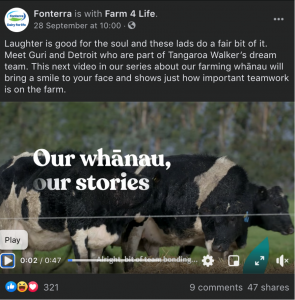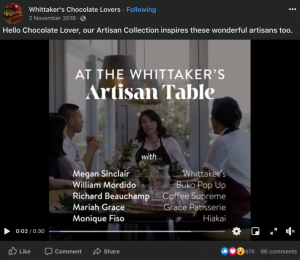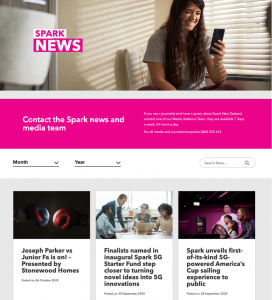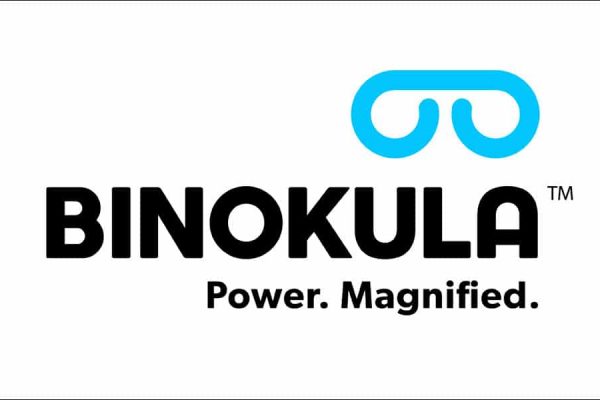Shareability is key in any social media strategy.
The world of social media is new creative territory and brands are being advised to keep up in order to stay relevant. It makes sense that in the crowded attention space individuals and clients are engaging with brands they trust and that they deem credible.
Yes, social media is to a large part controlled by the Facebooks and Googles of the world, and issues of copyright infringement, privacy breaches and polarized perspectives on the world are cause for concern. Despite this, it is inevitable that customers or would-be customers are incorporating some form of social media in their suite of communication tools.
There is no doubt that when it comes to social media understanding and differentiating between platforms is essential. Writing a LinkedIn post for senior-level executives isn’t the same as writing a Facebook post for new moms, for example.
Five tips for shareability. Read here about what works, and what doesn’t.
Tip 1. Establish a strong brand personality
Before choosing the best social media platform its important to think carefully about what your brand wants to communicate, and the specific associations it might take on in doing so. Brand personality in the social media space defines its voice or tone. You must establish your brand personality allowing you to take part in social media conversations naturally. Gather Content breaks down this difference:
Select your voice carefully: The baseline adjectives that describe your brand’s personality. For instance, brands can be direct, empowering, playful, or professional.
Consider the tone: A subset of your brand voice, the tone is linked to factors like audience preference, context and scenarios, and channel. Another way of understanding tone is Buffer’s distinction of voice is a mission statement, with the tone the application of that mission. While the voice shouldn’t change, the tone can adapt to the audience’s feelings.
As a great example of using the appropriate voice and tone in social media – Fonterra’s got the rural community aspect nailed, with some up-close discussion about farmers, their livelihoods and lives on their social media pages. They include farming lingo – think lads, fleets and the ‘mighty Waikato’ – across many of their posts, tapping into that kiwi farming culture so familiar to many of us.
Tip 2: Emphasise shared values
People share content that aligns them to their social group. So, aligning interests is foundational in developing a cutting-edge social presence. This age-old truth is evident in the key to all organizational planning, looking to understand and categorise audiences as part of the strategy. It’s a finding that was sharply evidenced most recently by 5W Public Relations’ 2020 Consumer Culture Report, which showed seventy-one percent of consumers prefer buying from brands that align with their values.
A great example of an organisation using social media to align their values with their clients is The Warehouse. New Zealand’s largest retail group responds to a diversity of shopper interests such as concern for shopper communities with common problems like mental health, and charitable causes, and recycling and sustainability, and diversity. Even though some negative reactions suggest there’s a way to go with convincing people with the messaging.
Tip 3: Invite audience participation
Effective social media is social. Work on developing conversation and relationships, invite audiences and engage them. They enjoy the experience of participating. Gone are the days when media engagement is a one-dimensional, one-sided screenplay.
Think invitations to join conversations; sharing authentic, relatable stories, competitions. A great example is Whittaker’s partnership with New Zealand artisans. This brought New Zealand specific flavours the chance to be tasted – as well as talked about and shared on social media.
Tip 4: Use engaging visuals
There are extensive options now available for furthering your social media presence. Human interest stories have been one of the biggest social media trends of the past couple of years. And 2020 looks to be no different. Photo and video content continue to boom in a wide variety. It could be team photos or videos, photos of customers, events, behind-the-scenes photos and videos, quote photos, infographics.
The official public brand, of Tourism New Zealand, 100% Pure New Zealand, has a powerfully visual use of engagement on social media that keeps things awe-inspiring, natural and scenic. They often post short videos that perk the senses and spark wanderlust. They are getting would-be tourists curious about what’s happening in this corner of the world or their own backyards.
Tip 5: Tap into partnerships
Curated content is the way of the future and an optimal place to showcase the partnerships and communities that speak to the authenticity of your brand. Hosting stories with common threads of interest in a content hub is an effective way to generate readership.
Spark NZ is an example of a New Zealand organisation using a website to its full social potential. First, it has a website specifically for news. The newsroom leaves you with the impression that Spark is active and engaged. They demonstrate it by the volume of stories and the diversity of topics covered. It’s a place for Spark to reveal its partnerships. It also showcases its associations with topics that matter to the many New Zealand communities that make up its audience.
Participation, not control
Social media expert Marketa Miksikova from Stellar Consulting, part of the Umbrellar Connect community, spells out the difference between content that controls a message and content that is open and invites audience participation. “Although social selling is indeed on the rise, rarely should social media presence be about the ‘hard sell’,” she explains. “Long-term and engagement mean more than a short-term spike in likes”, she adds.
“More important are the topics which are interesting for potential customers. It is crucial to respond to their participation and questions to build meaningful connections. Businesses should resist ad-hoc posting and take a strategic, thought-out approach to social media”, she says. Even though with e-commerce it makes sense to push offers and deals to followers.
Image credits: Fonterra, The Warehouse, Whittakers, 100% Pure New Zealand, Spark.










